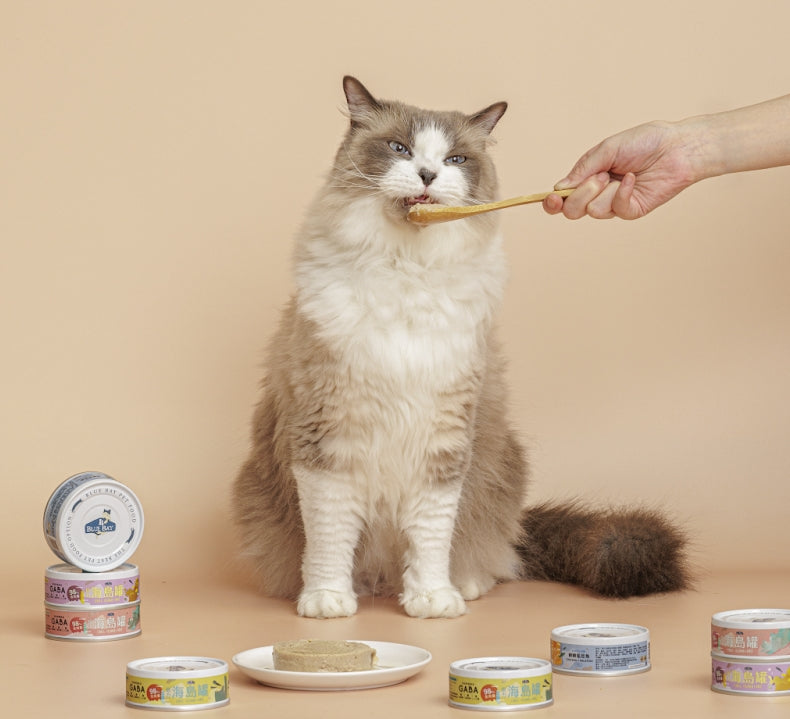
Myths and Truths: Feeding Tuna to Cats
1. Why is my cat suddenly a picky eater after eating tuna?
While cats can be picky eaters sometimes, it's essential to look beyond mere preferences and prioritize their nutritional needs. Offering a diverse range of meats ensures a comprehensive protein intake, while the inclusion of fruits and vegetables helps maintain a balanced diet for our beloved pets. It's also important to be mindful of seasoning choices. The enticing flavors that captivate cats might occasionally stem from artificial additives. To ensure a healthy diet, it's wise to steer clear of ingredients like sweeteners and specific spices when selecting their meals.
2. Is tuna high in mercury?
Heavy metal contamination is often found in top-level predators in the marine food chain, such as sharks, whales, and tuna. Therefore, it's important to inspect and select seafood that is free from heavy metal residues. But hold on—every ingredient has its safety standards to consider. Vegetables might have pesticide residues, and grains need to be checked for mycotoxins. Hence, choosing food sources that are clear and undergo testing is crucial and fundamental to securing the health and happiness in every bowl!
Nutritional Value of Tuna:
◉ Omega-3: Improves bodily functions and metabolism, aiding in immune and cardiovascular health.
◉ Taurine: Essential amino acid for cats, important for maintaining brain, eye, and heart health.
◉ High-Quality Protein: Easily absorbed animal protein, providing the necessary energy for cats.
